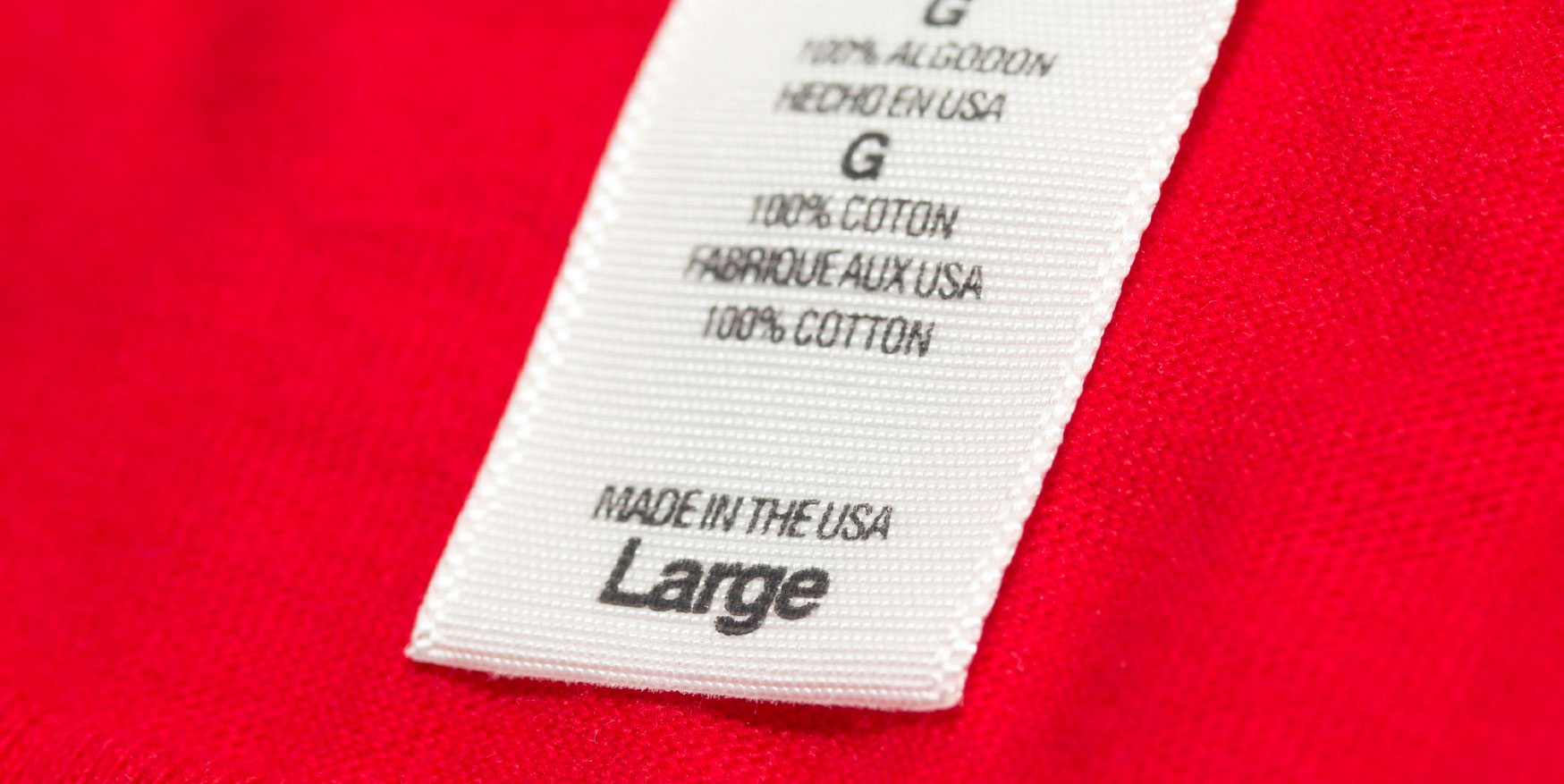A byproduct of the Great Recession was the realization by many people that a lot of jobs had been off-shored over the years. The recession’s double-digit jobless rate led people to reassess what they wanted – as consumers, retailers, and brands. It turns out, a lot of people like the concept of “Made in the USA,” but may not appreciate the realities of the global textile industry.[quote]
At the 11-year-old denim brand 3sixteen, the fact that the product is made in the United States is a central selling point, according to Andrew Chen, who founded and owns the company along with his partner Johan Lam.
“Customers who seek our brand usually know our jeans are manufactured domestically,” he says, adding that all but two styles of jeans are manufactured in San Francisco. “We feel quite strongly about having our clothing made at an equitable cost so we can be sure the people making them are being treated well and earning a fair, living wage.”
Nearly 7 of 10 consumers (68%) say “Made in the USA” claims are influential to their apparel purchases, according to the Cotton Incorporated 2014 Environment Survey. In fact, more consumers (71%) reported in the 2013 Environment Survey that they had purchased apparel or textiles labeled as being “Made in the USA” in the past year than had bought product labeled as environmentally-friendly (36%), made with organic cotton (33%), or sustainable (28%).
Notre is a new men’s wear store in Chicago’s Andersonville neighborhood, which is renowned for a commercial district that is almost entirely comprised of locally-owned, independent businesses. With that spirit in mind, Notre’s owners, Andrew Nordstrom and Jose Villanueva, will feature local artisans and a healthy dose of U.S.-made apparel and footwear along with international brands. The in-store and e-commerce collections will include U.S. labels Band of Outsiders, Red Wing, Filson, and a new line of denim from Ron Herman, which will launch this spring. The store also carries 3sixteen.
Chen says 3sixteen has always been made in the U.S. for multiple reasons, including faster turnaround times, increased accountability and quality control, and flexibility with minimums.
“Our jeans can go from the factory to our warehouse shelves in a day’s time,” he explains. “We’re able to visit our factory and check on sampling production. Nothing replaces face-to-face work: things get done faster and fewer details are missed when you can review projects in person. And although our factory is best set up to complete big runs efficiently, we are able to try new things at smaller quantities.”
Chen adds 3sixteen’s niche customer base has continued to grow over the years.
“I’m not sure whether that will change on a grander scale,” he says. “We are a privately owned business with no investors to answer to, [so] we can grow at our pace and know there are plenty of people out there who will spend a little more for a superior product.”
A majority of consumers (52%) say they are willing to pay more for clothes or textiles labeled as being “Made in the USA,” the 2013 Environment Survey reports. That compares to less than half who are willing to pay a premium for environmental friendliness (35%) or sustainability (35%).
The denim market remains one of the few growth categories for U.S.-made apparel. It grew slightly larger when Nicholas Gamarello launched Yankee Dog Denim in January for the fall 2015 season. The brand uses 100% selvage loomed denim from Cone Denim’s White Oak plant, with studio and manufacturing based in Manhattan’s Garment District.
“I love history and the story of America, but also Americans in general,” says Gamarello, whose extensive apparel industry experience includes a stint at Polo Ralph Lauren. “Most Americans have migrated from somewhere else. It’s not where we come from that’s important, but there seems to be a transformation when we arrive here. We become something else and we work for a goal. That’s the story of America – we’re an incredible country because we have the best of everyone from around the world.”
Gamarello says he loves luxury fashion. But when he pictures American fashion, he thinks of 5-pocket denim.
“I wanted to do the best homage to ‘American Dream’ denim as possible,” he says.
In concept, the majority of consumers want to help make this American dream for denim — and other apparel — a reality. “Eighty-two percent of consumers tell us that they would pay more for U.S.-made apparel in order to support the U.S. economy,” explains Kim Kitchings, vice-president of Corporate Strategy & Program Metrics at Cotton Incorporated. “What consumers may not appreciate is that there are very few textile cut-and-sew operations within the United States and, owing to lower labor costs abroad, such operations are not likely to grow significantly.”
This hard reality may disappoint consumers who equate “Made In America” as a catalyst to job creation. But, as Kitchings points out, the complexities of the global apparel industry actually create multiple opportunities to support the domestic economy.
“Buying jeans that contain U.S.-grown cotton and are made in the U.S. is one means of supporting the economy, but supporting U.S.-based brands and retailers, and even some foreign brands that might be using U.S. cotton, all contribute to the greater good.”
